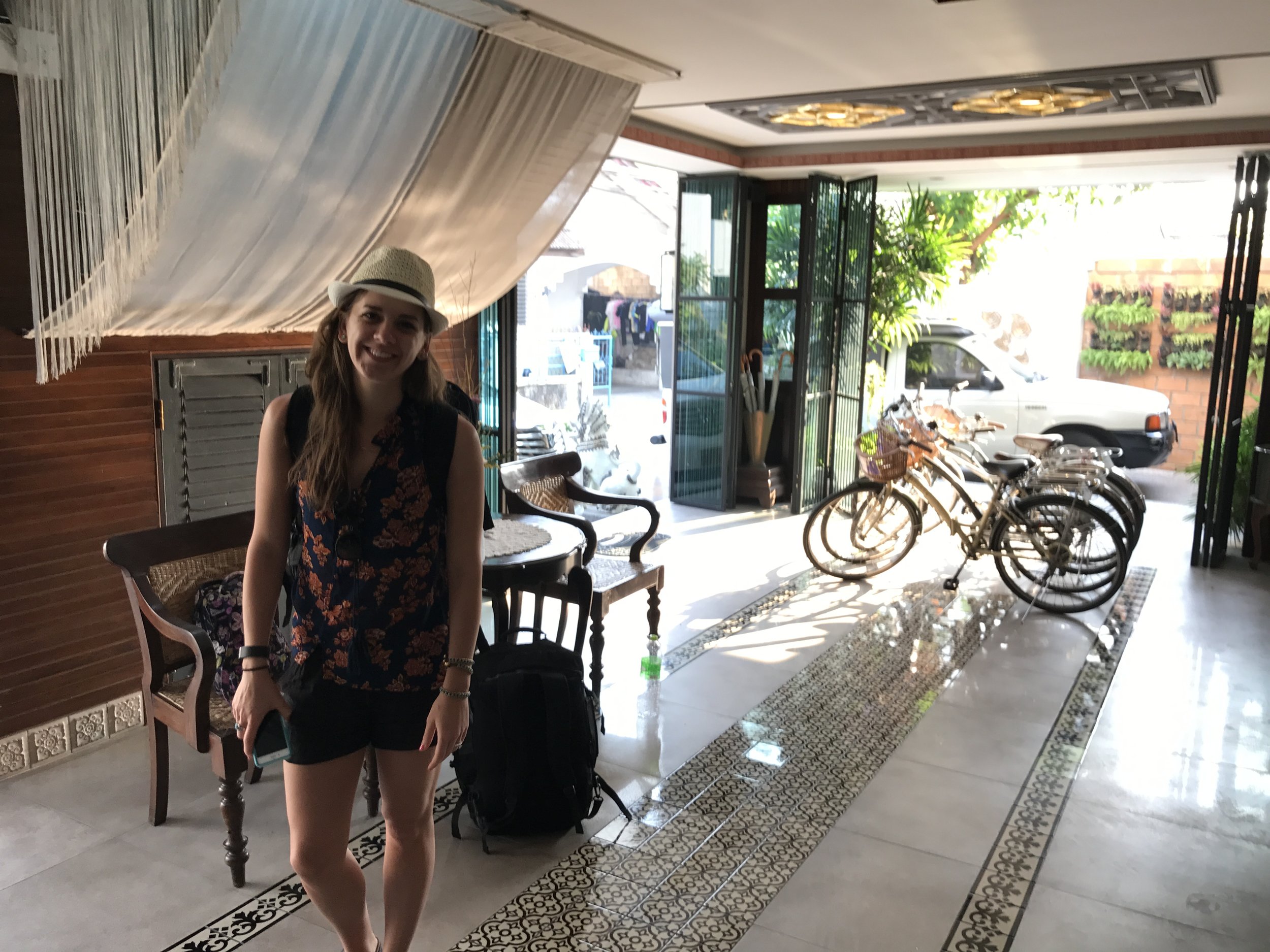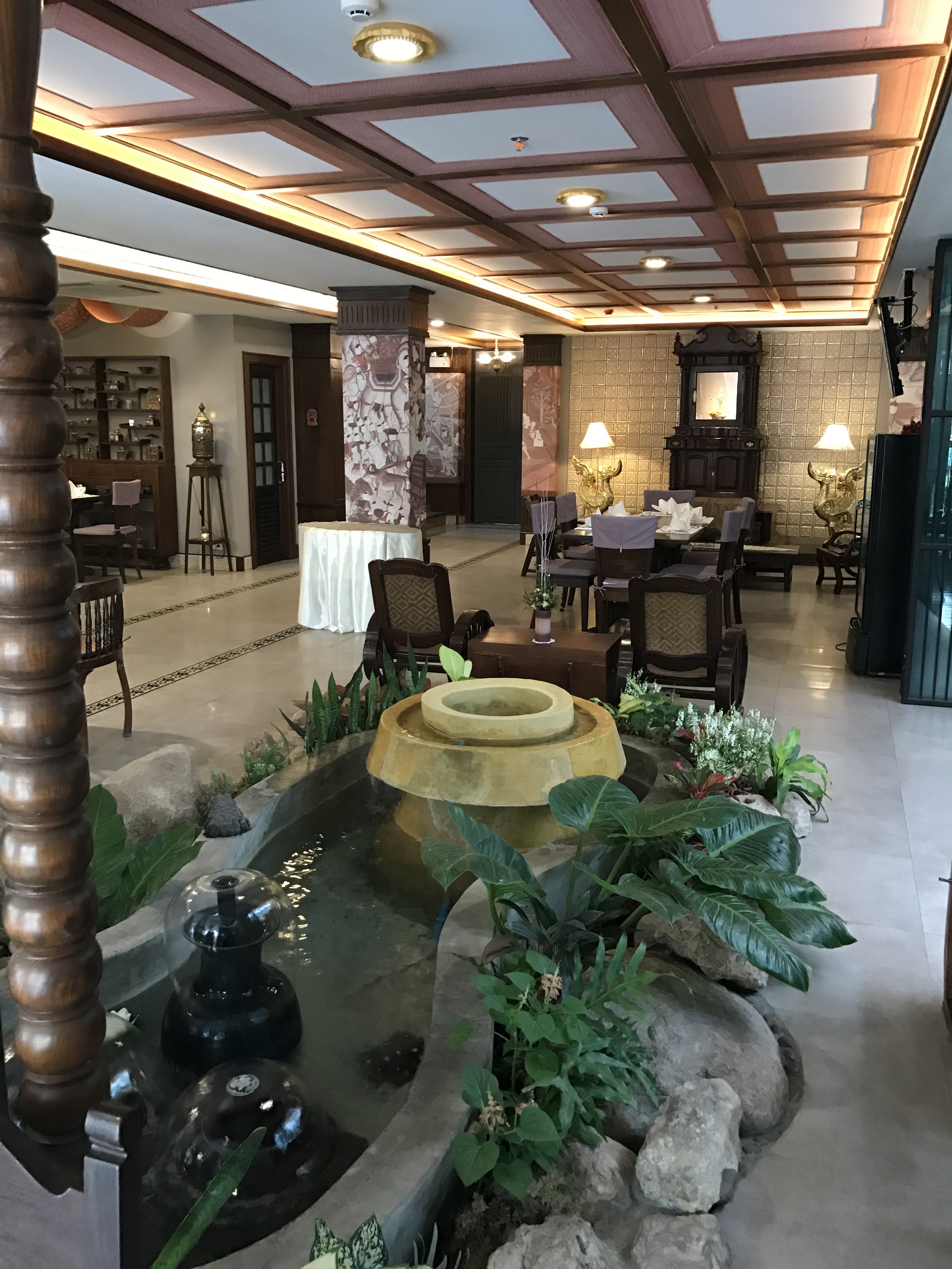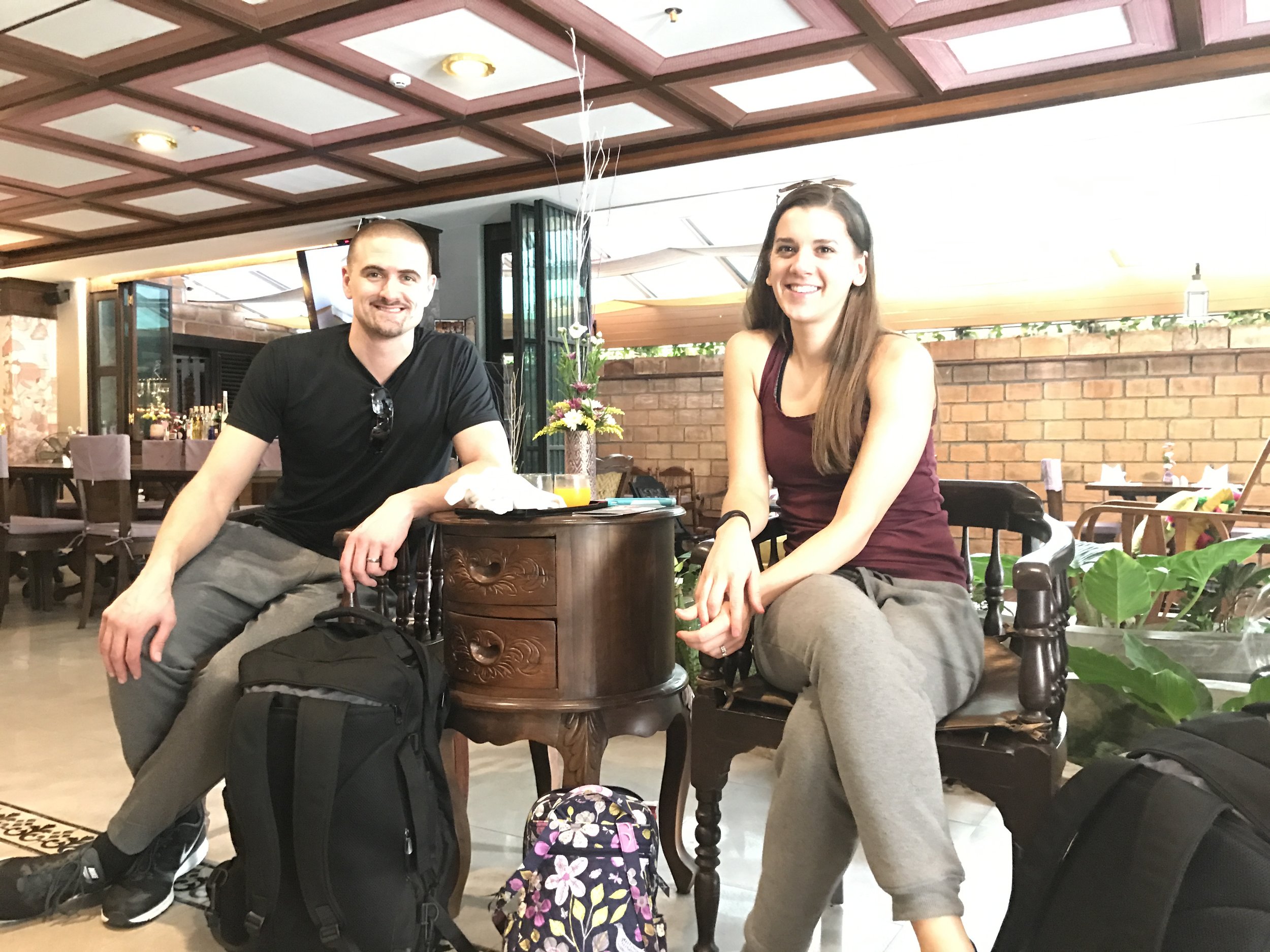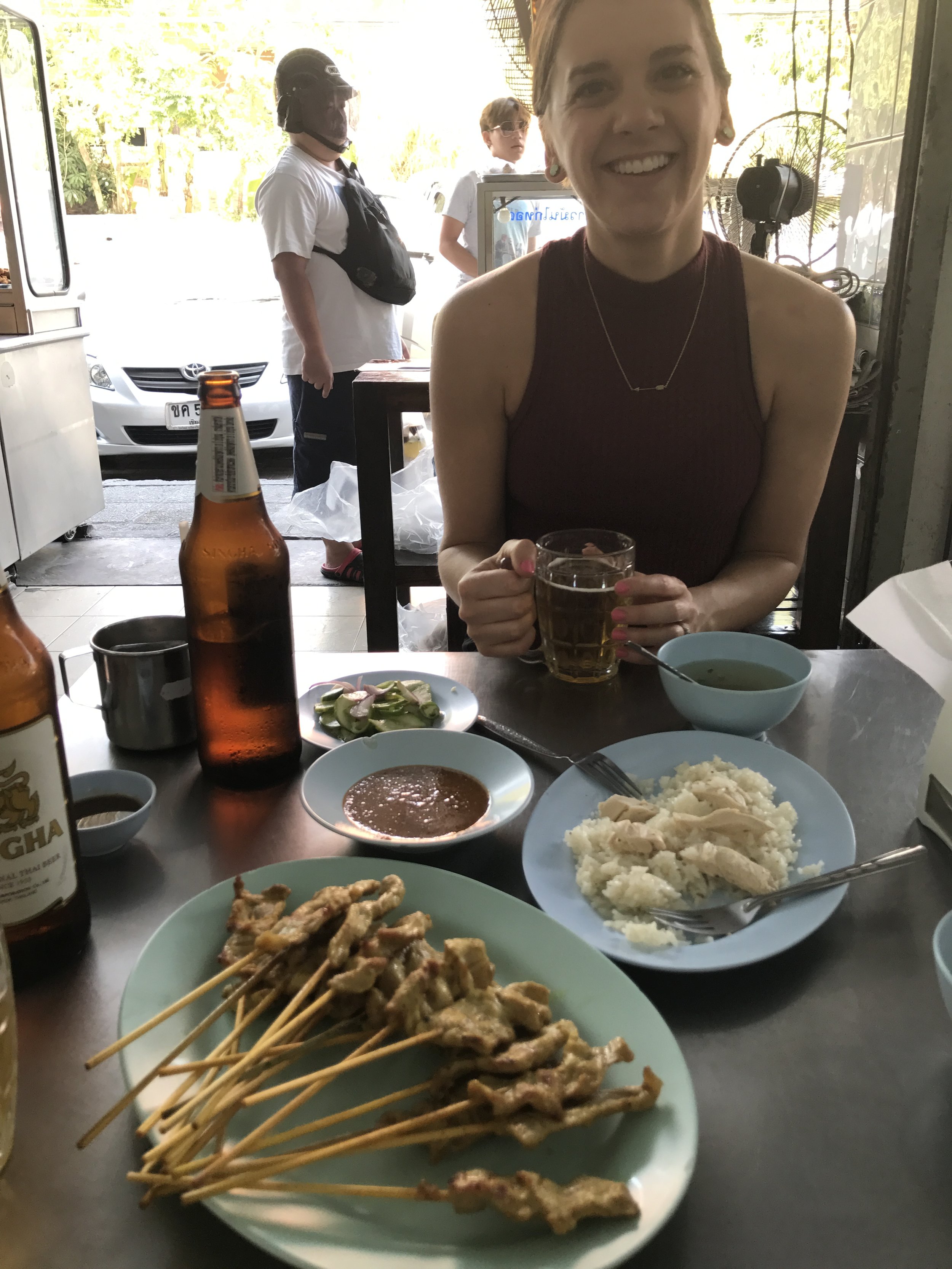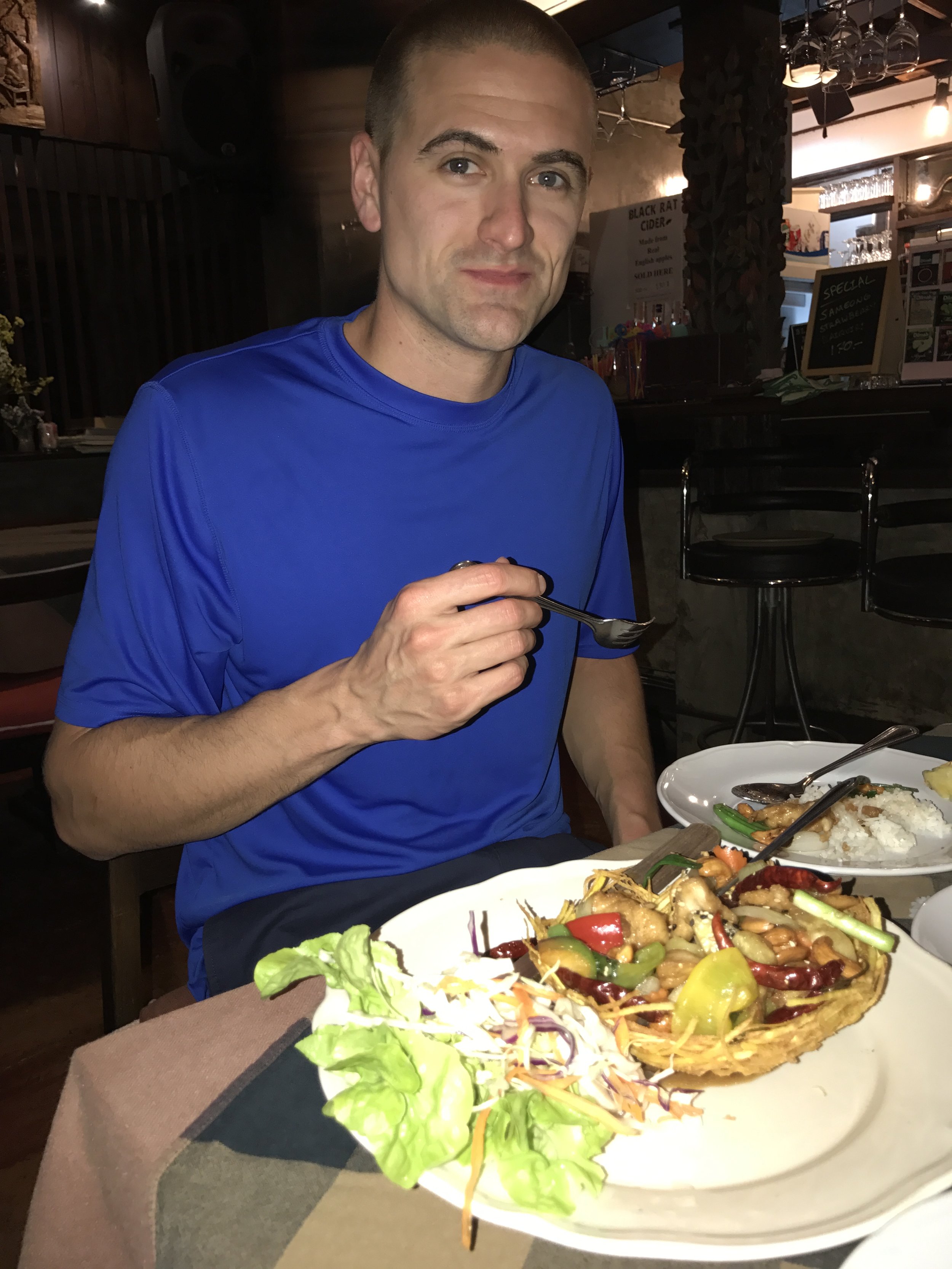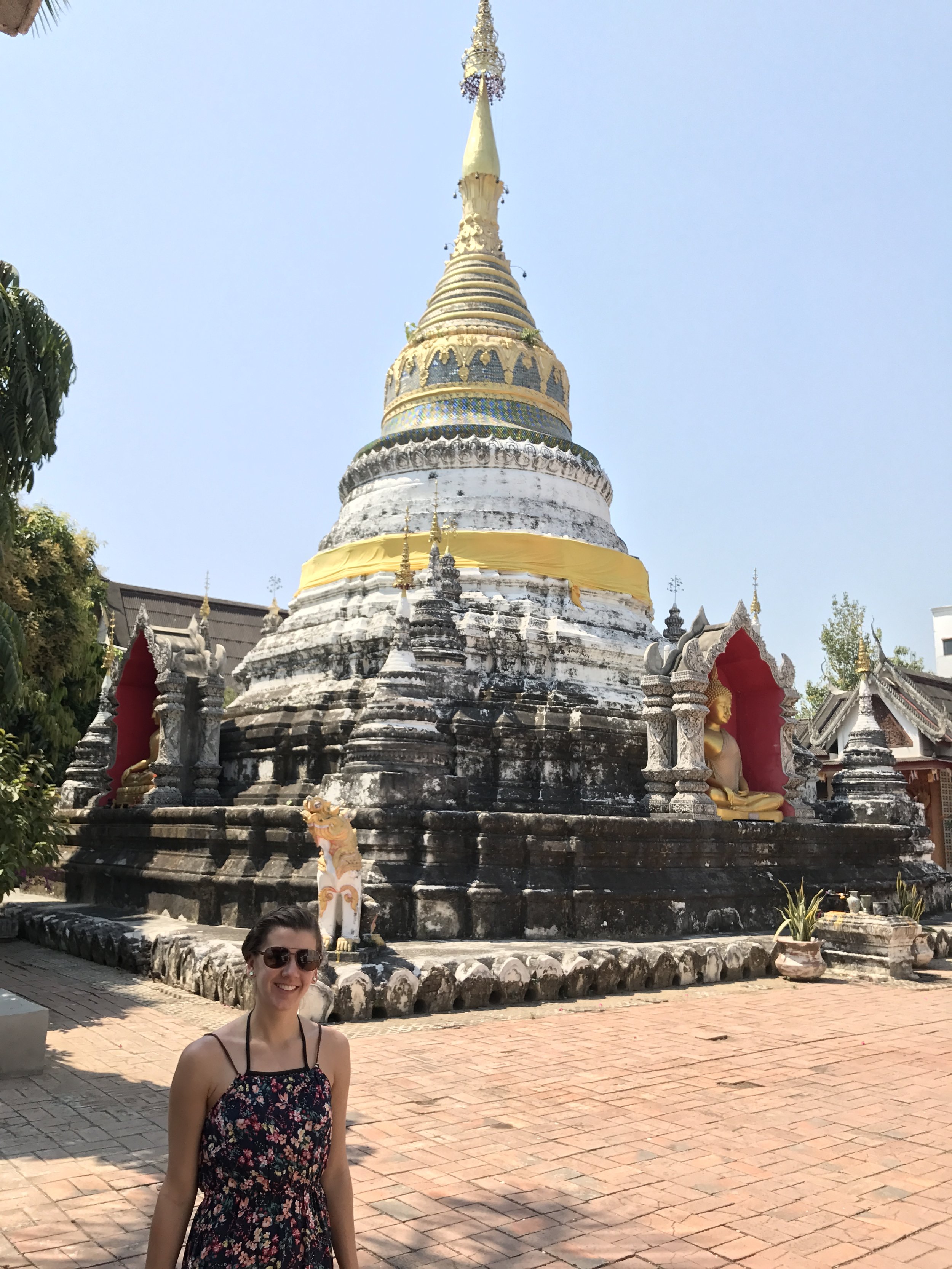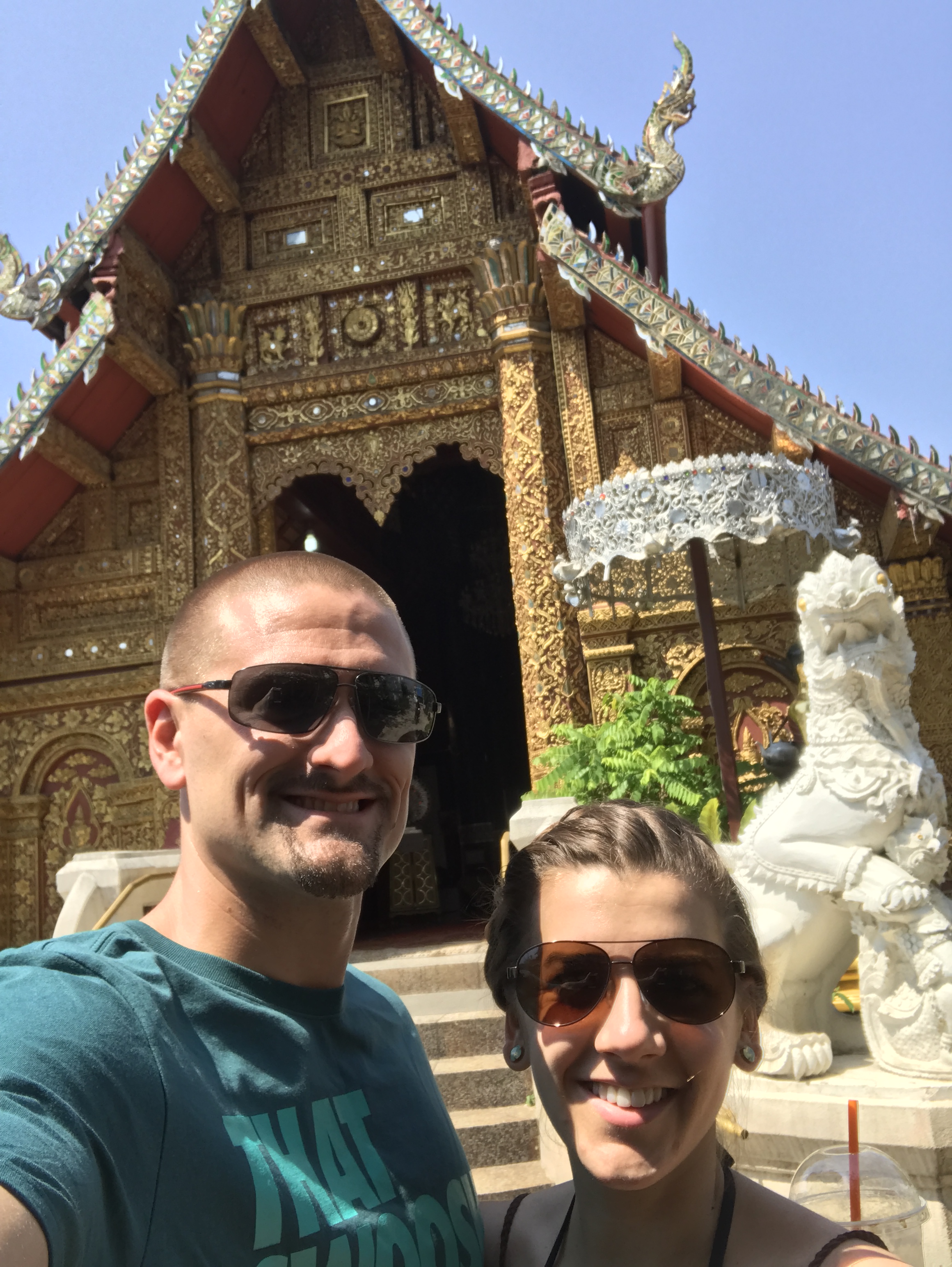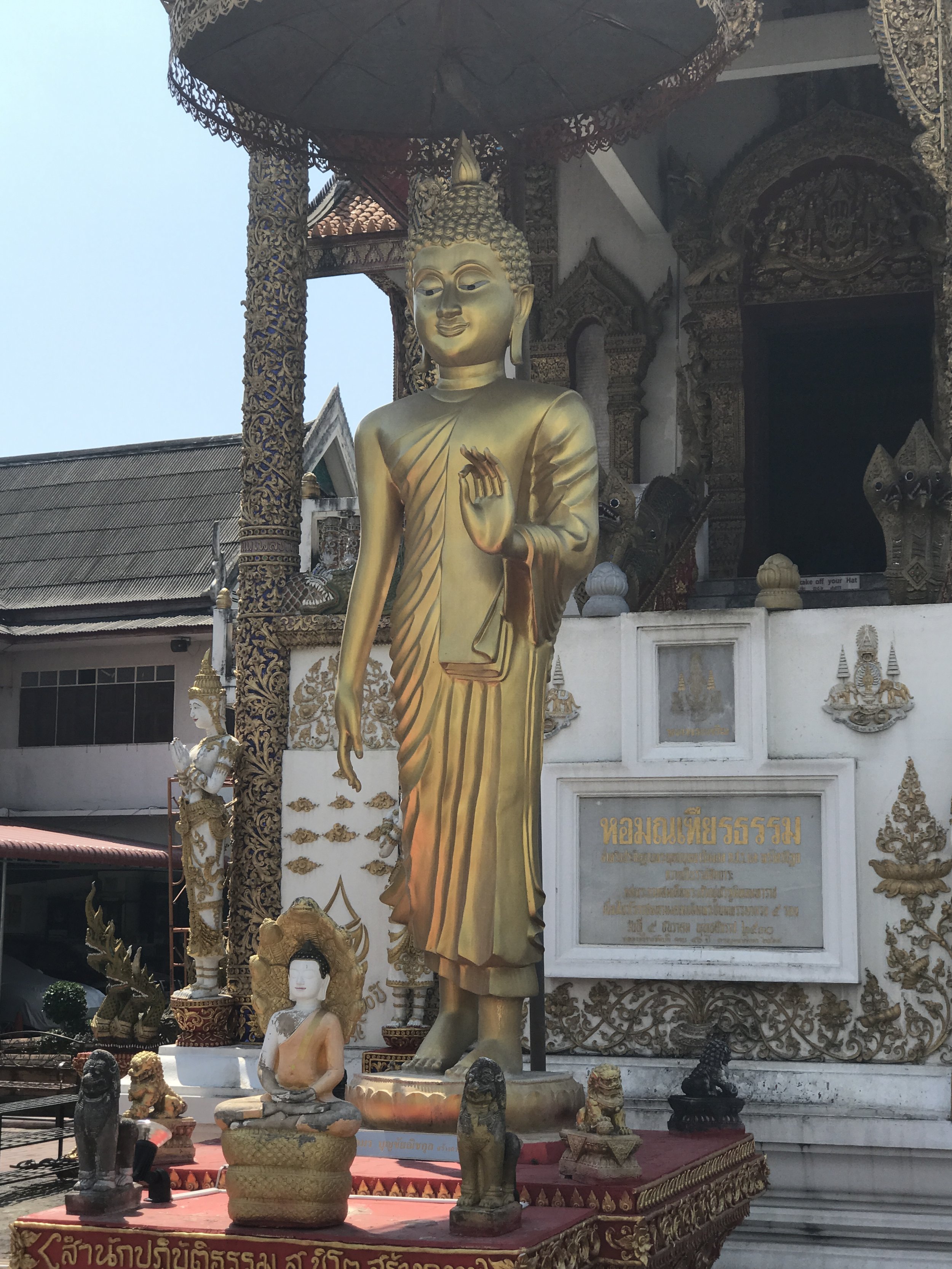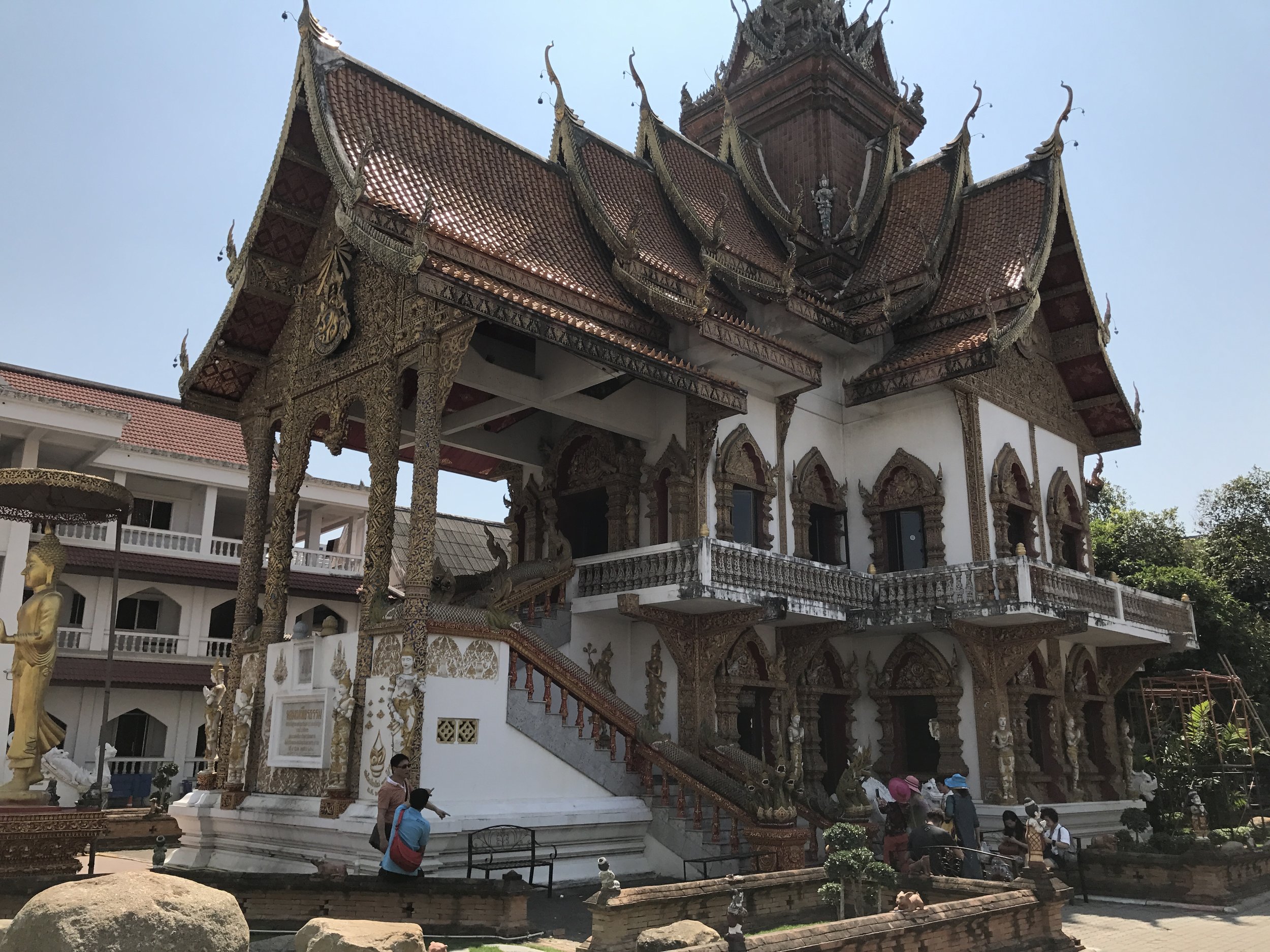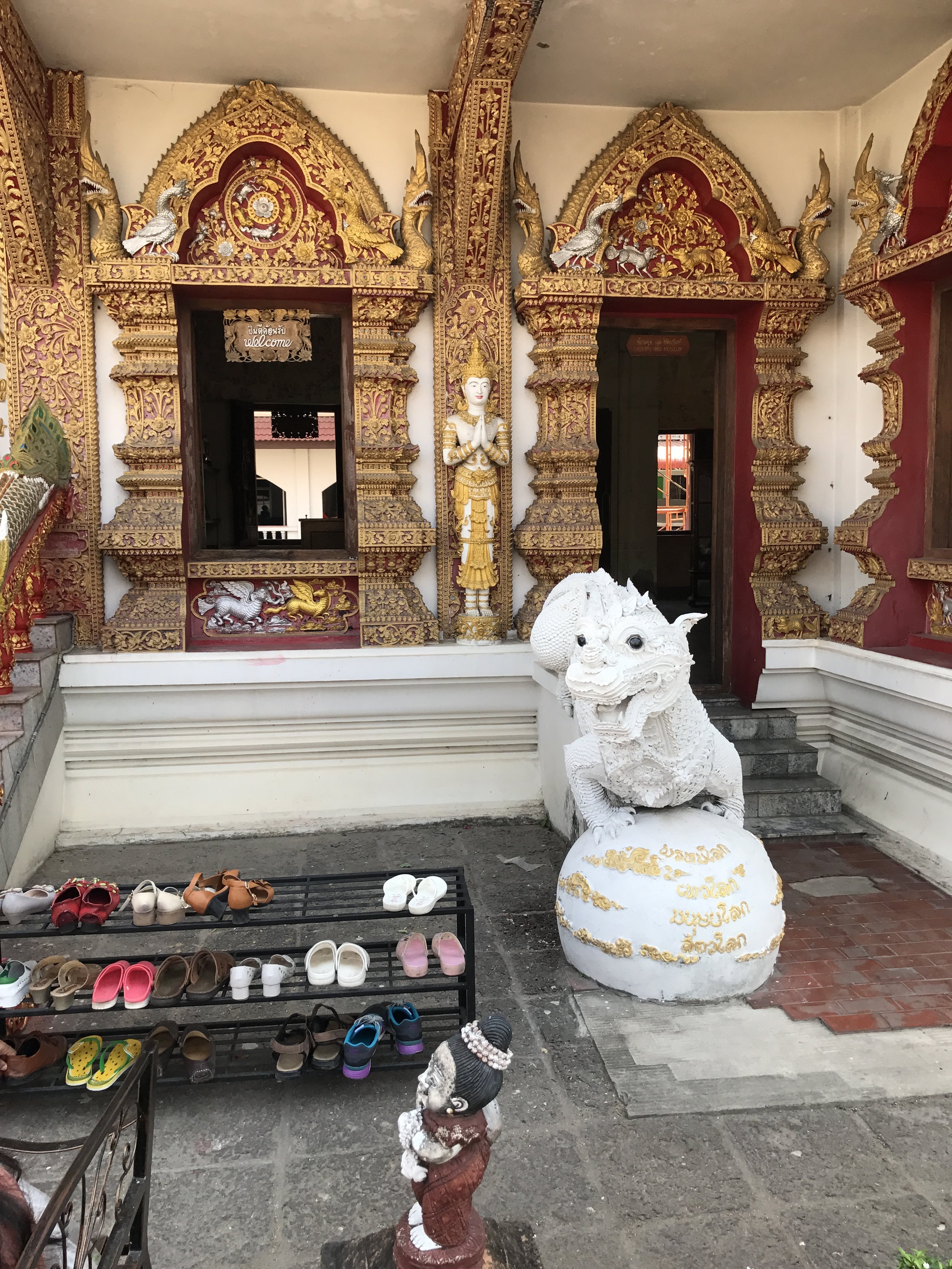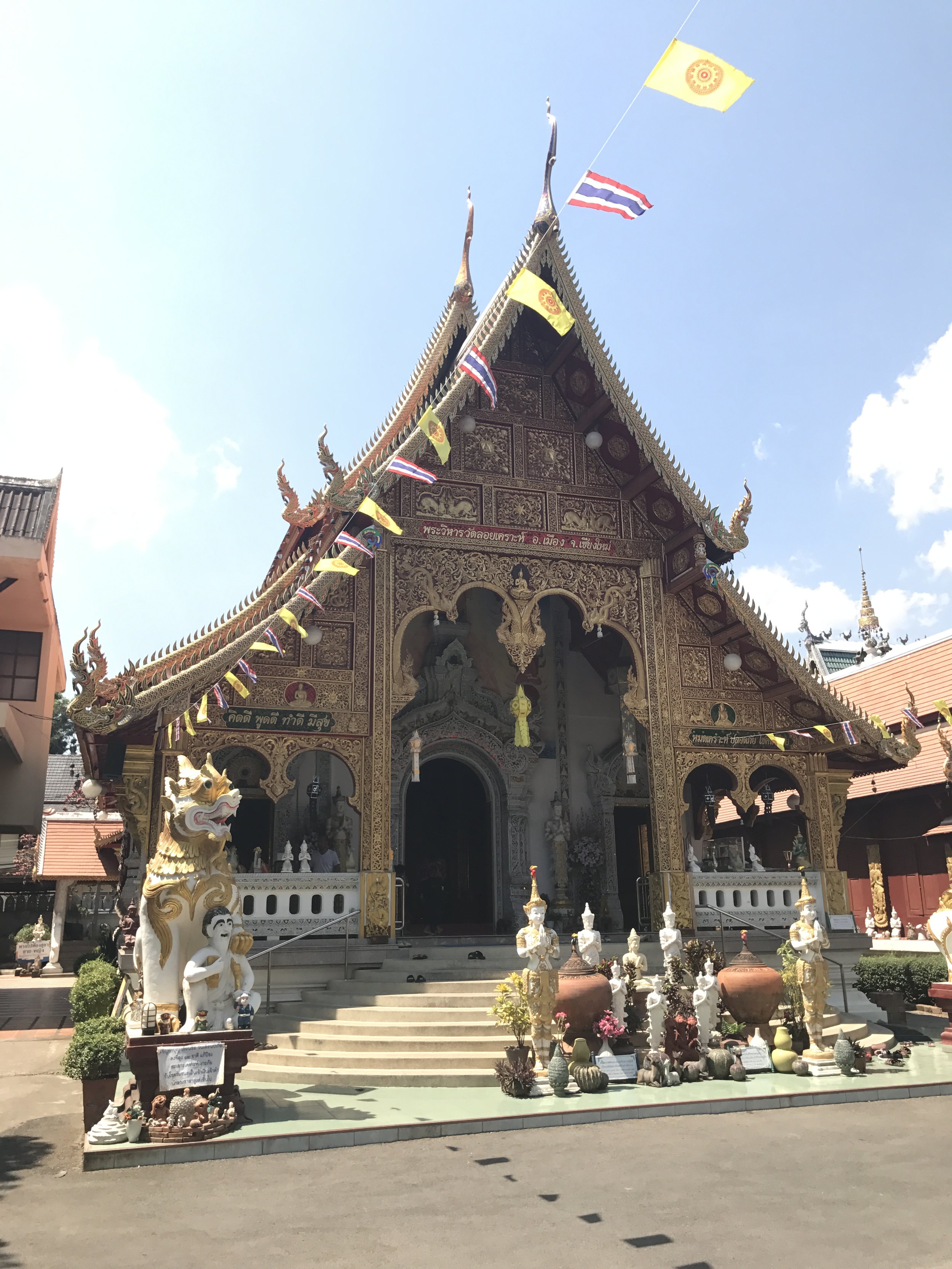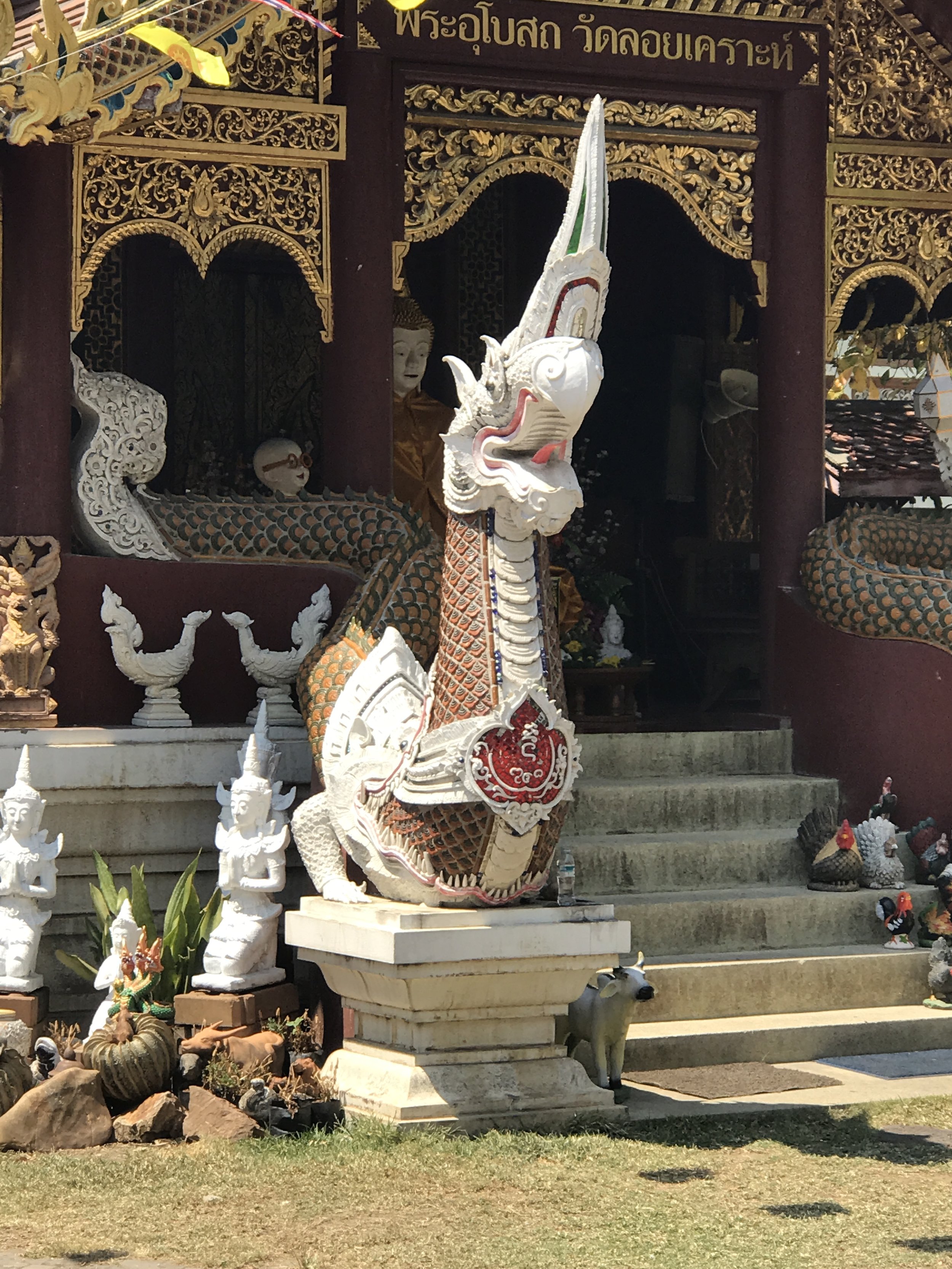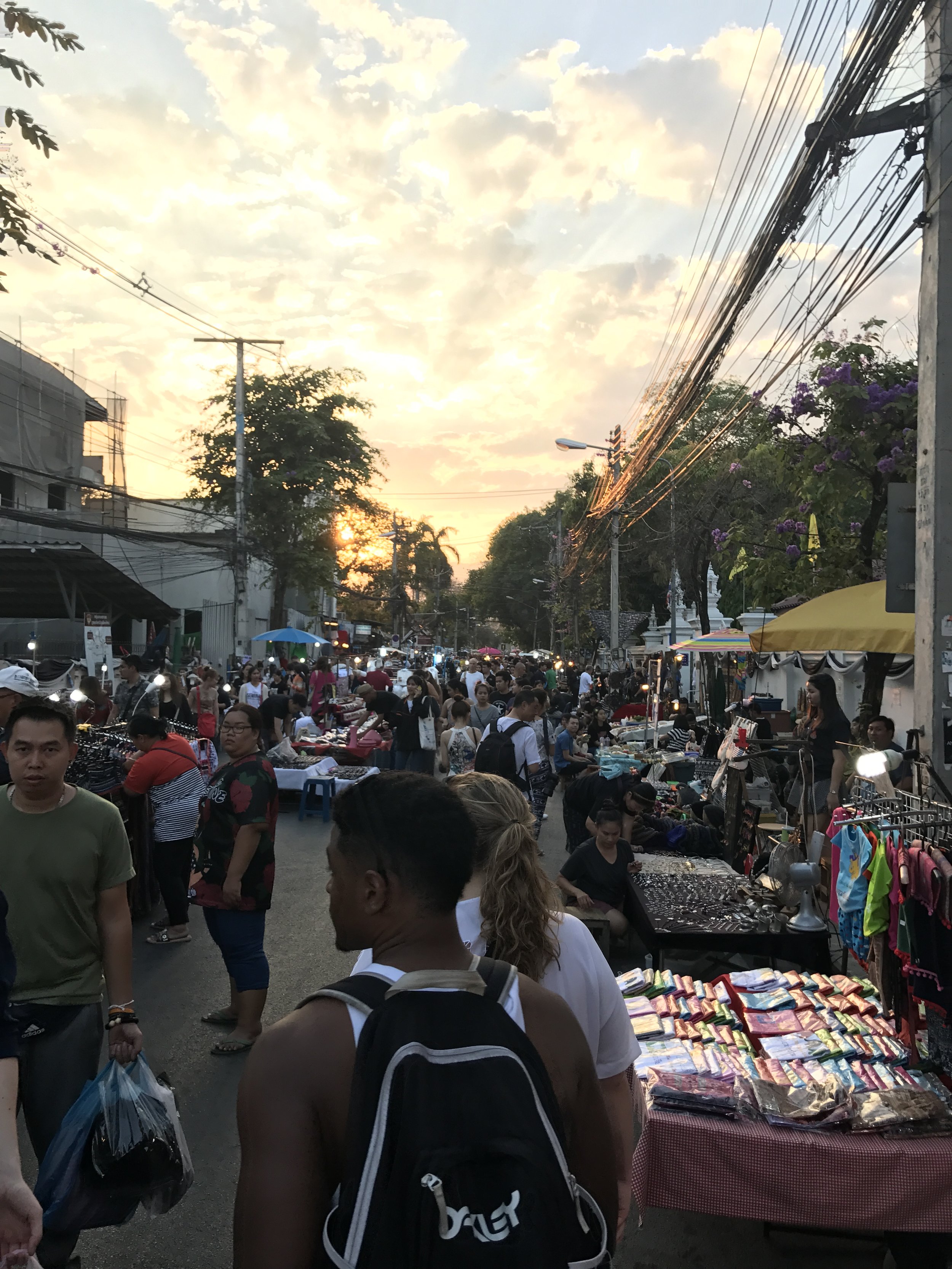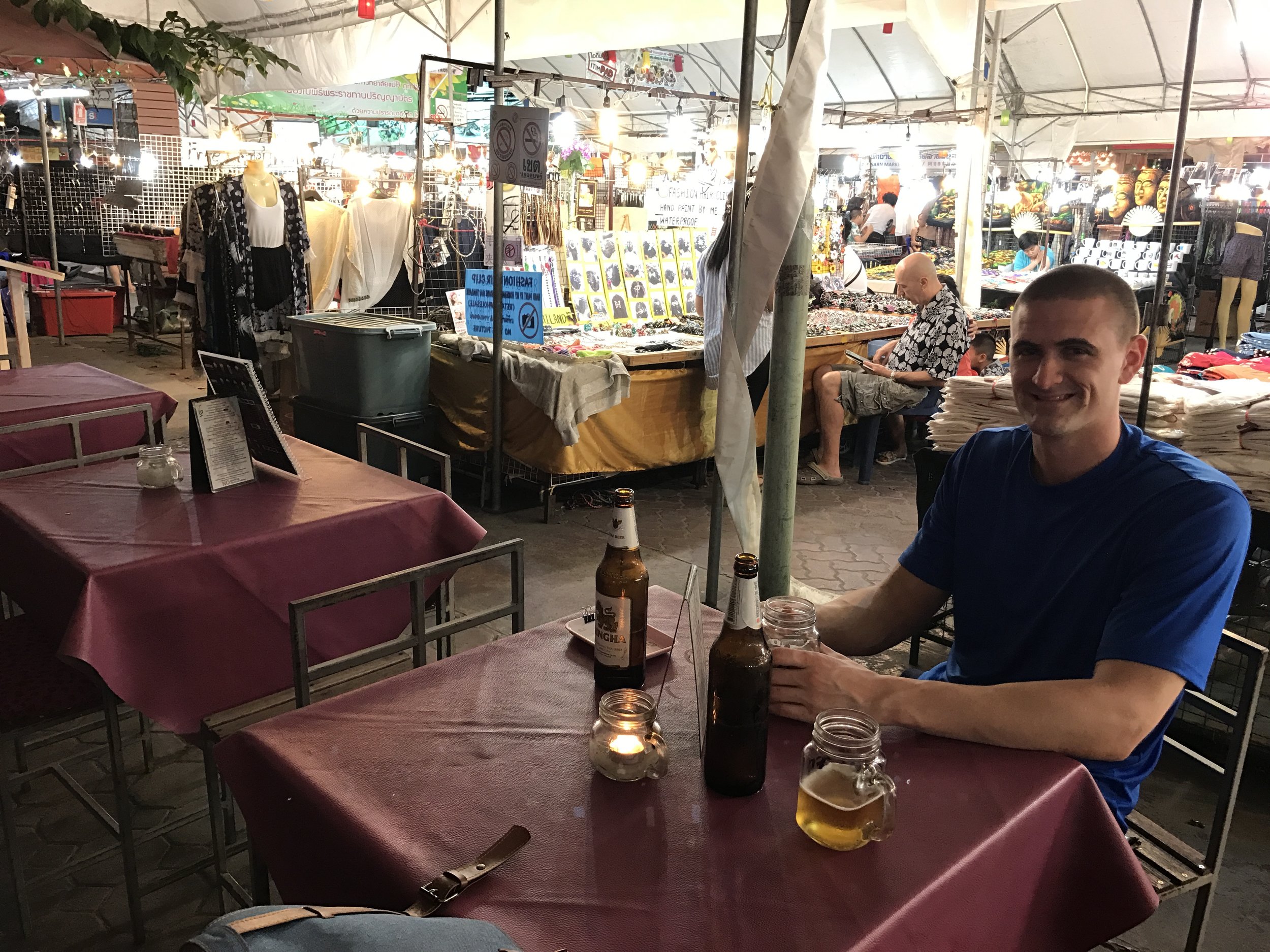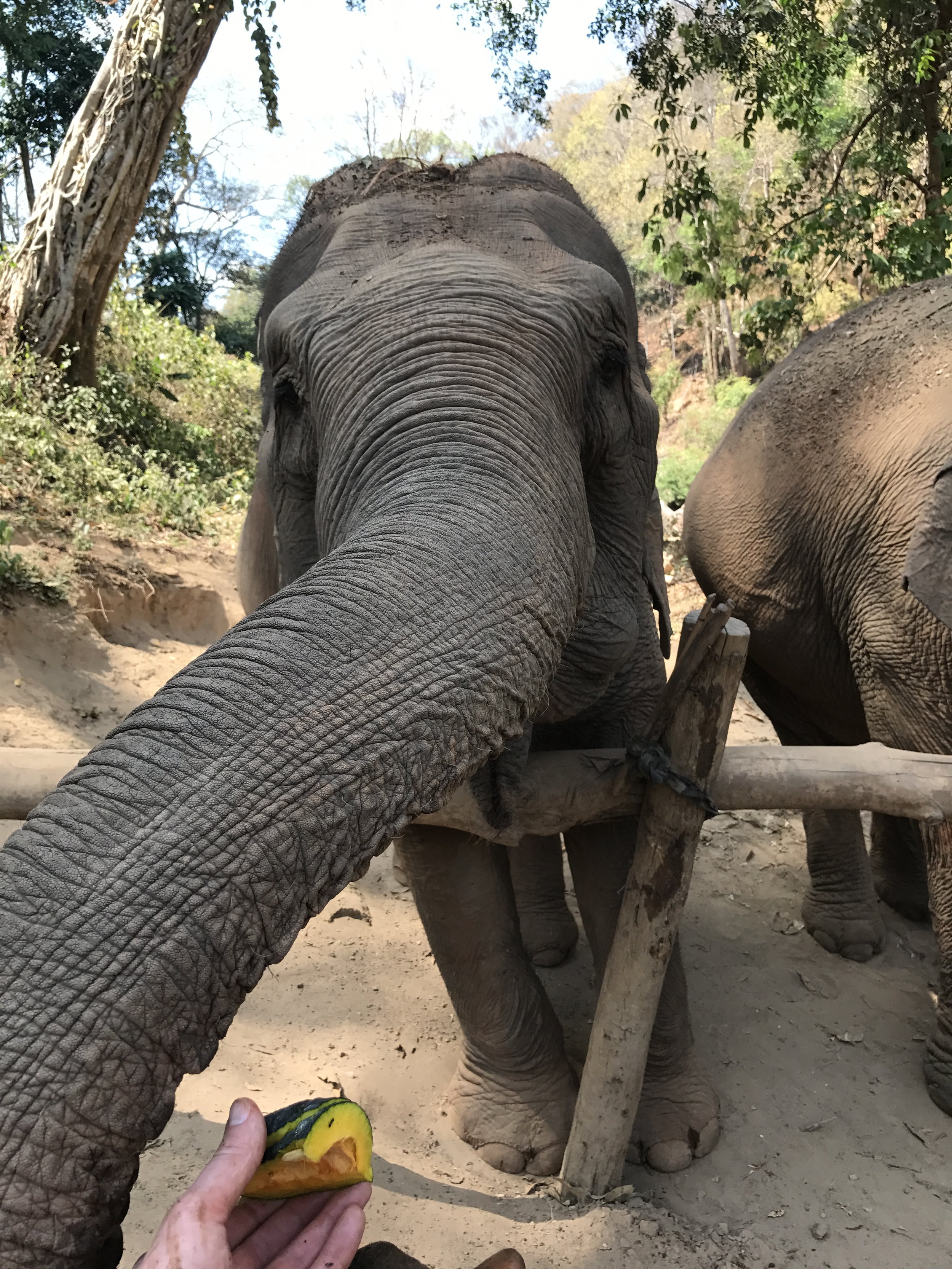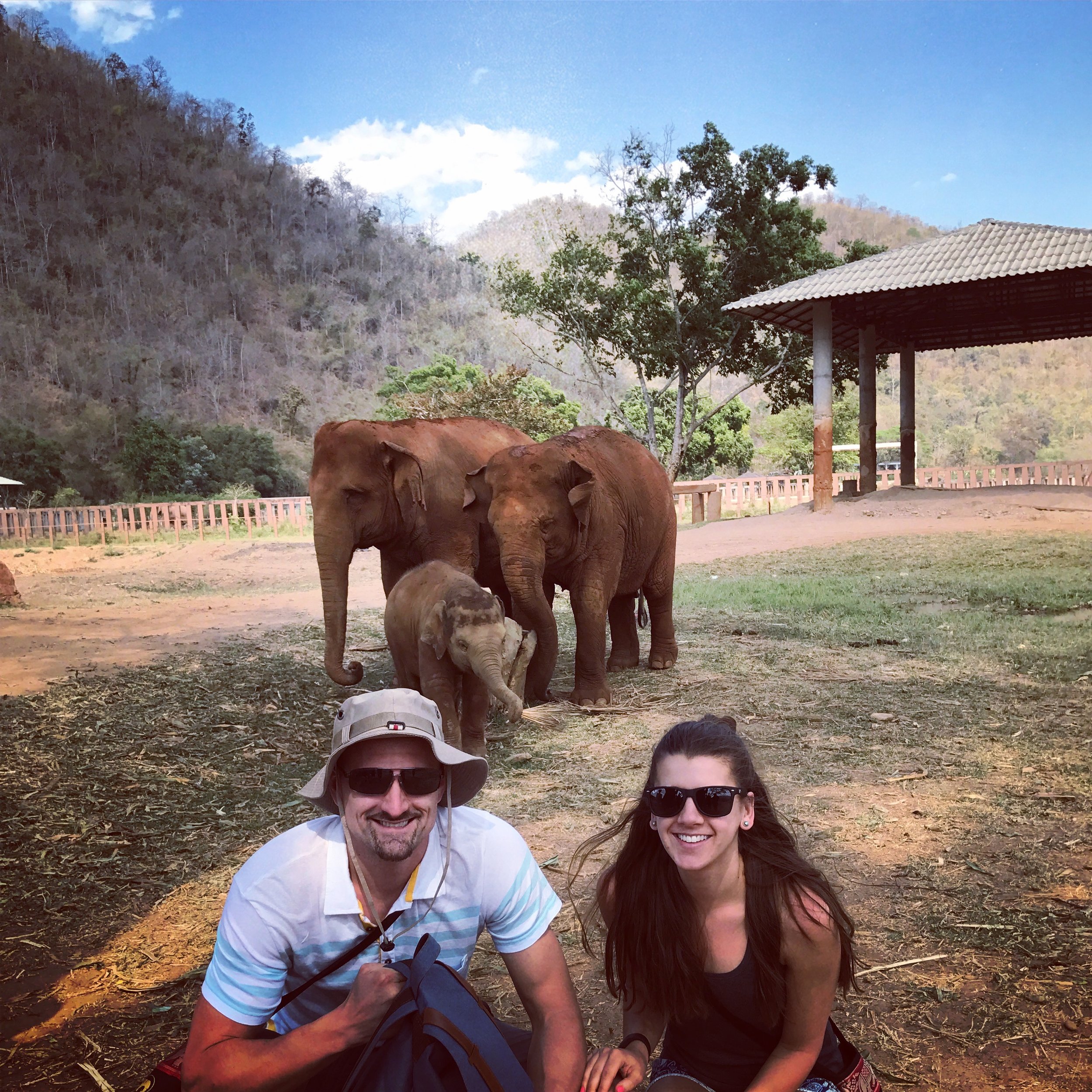Dollar for dollar, Chiang Mai is the most valuable place that we have ever visited. It offers age old temples around every corner, distinct and delicious northern Thai cuisine, proximity to jungle landscapes and wildlife, open air markets, traditional Thai massages, and of course, it's people. Sounds amazing right? The crazy part is ... all of these experiences are extremely low cost by American standards...
Take our arrival into Chiang Mai for example. We had just touched down on our 10 AM flight from Bangkok and were heading for ground transportation. When we arrived, a woman dressed in a suit and holding a clipboard asked if we needed a ride. I had done some research ahead of time and I hadn't arranged a car to pick us up - planning on public transport. So, I obliged and told her we were going to the Chankam Boutique Hotel in the old city (about a 13 minute ride). She gave me a concerned look and said "sir will 160 baht be OK?" in broken English. I opened up my phone's calculator and punched in .028 (conversion for Thai currency to dollars) and multiplied it by 160 and got $4.48! Our cab ride cost us four dollars and forty eight cents. Oh and I hadn't even haggled her down like I was supposed to. Upon arriving at the hotel, I realized that I only had Thai Bahts in 1,000 bills (fancy huh?) and my cab driver couldn't make change for us. So I asked him to wait and I walked inside to the front desk, where the hotel staff was awaiting our arrival. I asked for change and they couldn't break my bill either. At this point I was getting a little confused. How much money is in my pocket? Because behind that 1,000 bill, there are nine others that look just like it ($280 total - not a ton for an "exotic" vacation right?). Get this...one of the staff members had to go into the back office and pay our cab driver out of his own wallet, in order for us to be all square. This would serve as a prelude to the kindness and hospitality of the Thai people, but lets continue to focus on the dollars for now. Once the driver was on his way, we were directed to relax in two empty chairs alongside a couple of ice cold towelettes and two glasses of chilled fruit juice. After cooling down a bit, the staff took some pictures of us in the extravagantly laid out lobby. There was Asian inspired art decorating the walls, a bubbling stream flowing and many comfy poof chairs to lounge in, if you so desired. We then were led upstairs to our room. The key word here is "led", not directed. In America, we are used to being given a key and told to go find room 413. In Asia, they bring you to your room and make sure everything is exactly to your liking. There is no mistake about how you are supposed to feel - and it goes much further than I expected. Once inside, we were shown around - private balcony, king size bed, mini bar, marble bathroom with rain shower...oh yes and our $700 toilet (which our host proudly pointed out). Guess how much this hotel was? $70 per night. The equivalent of a motel 6 in America...
After settling into our room, we realized that we were both starving, so we headed downstairs and got direction from the front desk on their lunch recommendations. We had done "restaurant research" before we left, but I find it's always just as important to get the perspective of the locals. They pointed us towards one of the main streets in the old city, known for it's lunch cuisine. The old city in Chiang Mai, is aptly named because it is completely surrounded by a moat and a wall - both of which were used as protection in bygone eras. Inside the walls, you can visit many of the cities beautiful, historic temples. But for now, our goal was food. When we arrived on Rachadamnoen road, we walked the length of food vendors and makeshift restaurants to try and decide where to eat. Given that this was our first day and we didn't know the lay of the land, we chose one of the giant open air food stalls. We could see a whole chicken being roasted on a spit at the entrance and chicken skewers being cooked over open coals beside it - so we were comfortable with the food preparation. A waiter led us to our table and gave us rudimentary, but practical menus. We ordered the roasted chicken, with white rice, 20 chicken skewers and two 22 oz Singha beers. Sounds like a simple meal right? It was DELICIOUS. Probably one of my favorite in Thailand. And then we asked for the bill. I'm sure it's obvious where I'm going with this. The check read "300 baht". That's around $8.50! It's difficult to get a 20 oz beer at a restaurant in the United states, with tip, for $8.50. Say nothing about two beers and a full meal. At this point in the day, I was beginning to get concerned that I may not be able to spend the money I had so diligently extracted from the ATM a few hours earlier. Not a bad problem to have...
Although affordability was constant in Chiang Mai, there were two other experiences that really stuck out to us. The first was shopping. We were fortunate enough to be visiting on a Sunday, when they close several streets in the old city to street traffic and invite vendors from all over northern Thailand to bring their wares to be peddled. This is very literally called the "Sunday Night Market" by us English folk. You can find anything here. There is street food, handmade goods, art, bags, clothing and name brand knock offs - to name a few of the items. I purchased a beautiful pair of "Ray-Bans"...that melted in the sun a few days later (oh the irony). But the sunglasses were an exception and not the rule. I bought sandals for $5, a hat for $5, a new backpack with leather fittings for $10 and Kailah bought several pairs of light pants and other clothing items for $5 a piece. The wild part about this shopping experience for us Westerners was probably the ability to haggle. It is expected in Thai culture for customers to offer less than a listed price on an item. This gets very difficult when you realize that you are haggling cents on the dollar. "I'll give you $5.50 for that $6 t-shirt". It's sort of demotivating to even bother until you realize that this is their culture and it is required. So we learned to have fun with it and see how many dimes could be saved. Needless to say, we returned to the hotel with much more than we left with, in terms of goods and money. And since this wasn't the only Chiang Mai market, our bags were bursting by the time we touched down in Boston 10 days later. The other big Chiang Mai affordability surprise was the traditional Thai massage. These one hour massages are known for being rougher than the traditional American version and, as I learned, require more flexibility (Kailah laughed when I told my 4' 11'', 90 lbs masseuse that she was the strongest woman I had ever met). All in all, they are a great experience and can provide a nice option for down time and relaxation in Chiang Mai. In keeping with the theme of this article, the price is obviously not what I would have expected. In America, or even the western world as a whole, an hour massage will usually cost $100 or more. In Thailand however, we found one of the highest rated massage parlors on TripAdvisor and paid $11...for both of us! Essentially $189 cheaper than the most reasonably priced US version.
I know I focused primarily on the cost of Chiang Mai in my stories above, but that alone isn't the main reason we should all spend time there. It is the value gained at this cost. There are many places that you can travel cheaply. But there aren't many places that give you this valuable culture focused on service, combined with amazing food, beautiful temples and sprawling landscapes. In addition, it is a great home base to head up north to the Elephant Nature Park (www.elephantnaturepark.org) where you can learn about these gentle giants and spend the day taking care of them. I am already looking forward to my next Singha, red curry and pad thai.
Kyle
